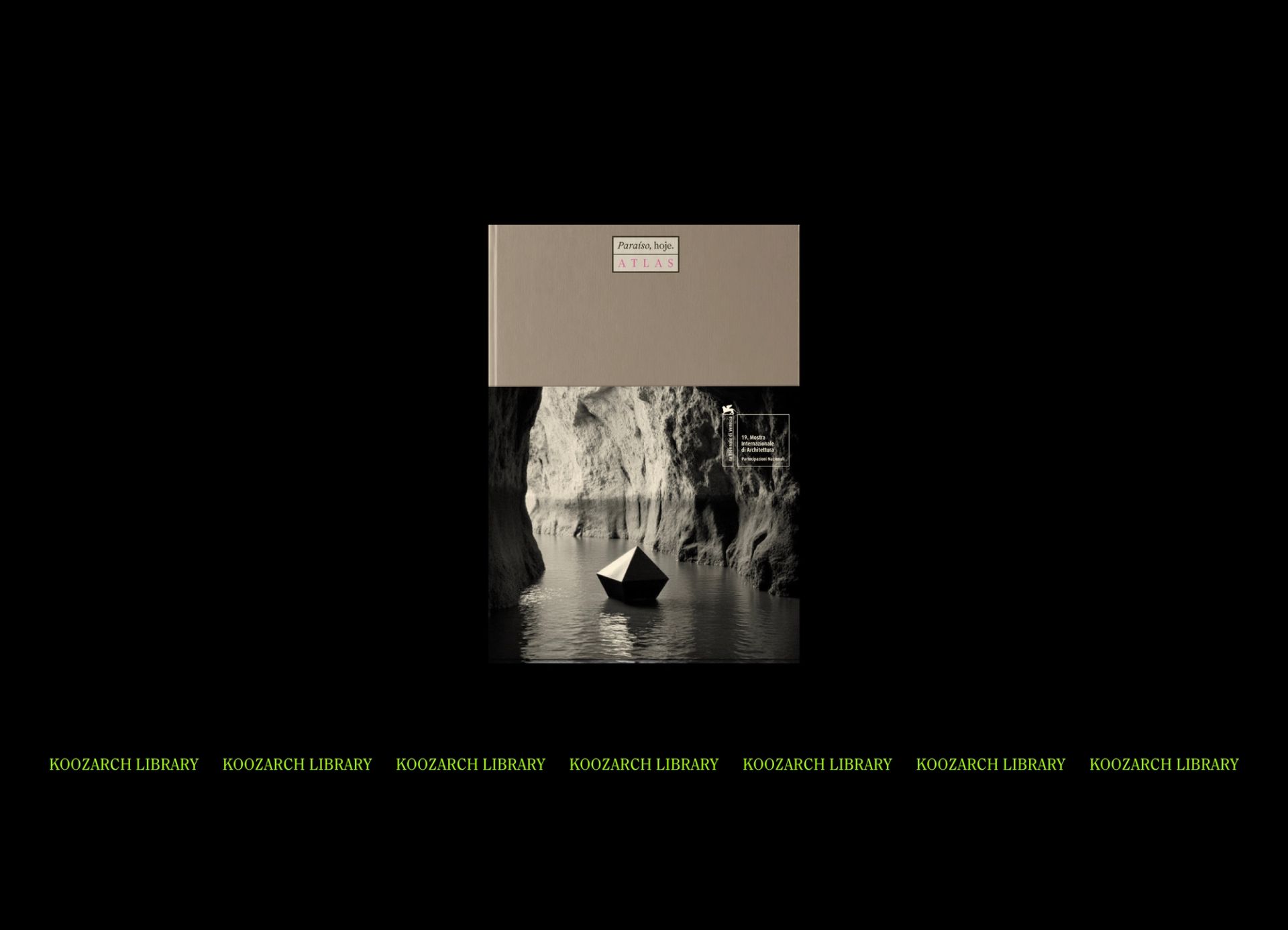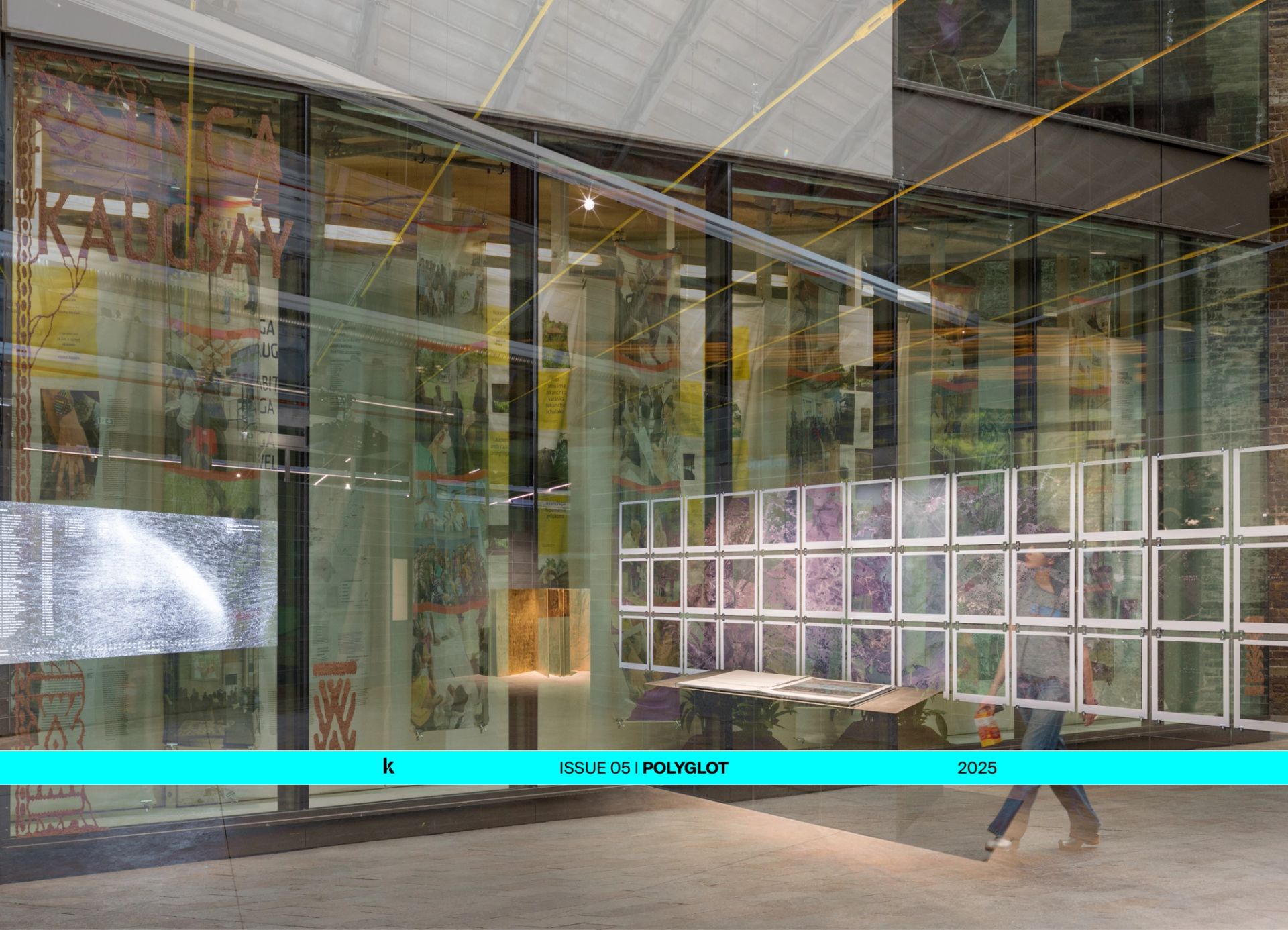Swiss farmers are abandoning the traditional practice of transhumance farming that has existed for hundreds of years. This poses a threat for the future of the alps: The practice of transhumance has maintained the landscape of the alps as it prevents the pastures to be overgrown and allows flora and fauna to thrive. Without transhumance, the alps would become shrubland and species will be endangered. The project rekindles this tradition through a series of festive floats for the Swiss transhumance cow parade that transforms and congregates together to become a portable cow gas purification intervention in the mountains. With cows being one of the animals that produce most methane, their flatulence can easily be purified into fuel that can provide energy for the productive and living processes in the fragile alpine dreamland. When the cows parade down the mountain each year, it would set off a conference festival for the publicly open and inclusive discussion of the alp’s wellbeing. Using inflatable structures, the alternative conference center exists in three states:
1. When the conference is held, transient inflatable plugins assemble around the building.
2. When the conference is dismissed, it is a model farm with inflatable building envelopes housing farm workers, visitors and cows through the winter.
3. During the summer, the cows freely graze at the high altitude alpine pasture with all the inflatable building envelopes disassembled, leaving behind a skeletal timber frame structure.
As such, the ephemeral architecture embodies a seasonal rhythm and inflates to celebrate the importance of swiss traditions towards an alpine future that is yet to be imagined.
The project was developed within the context of UCL Bartlett School of Architecture.

KOOZ What prompted the project?
EL I was first captivated by the festive parading of cows going up and down the Swiss alps during transhumance. While this seasonal tradition is important to the maintenance of the alps’ biodiversity, such practice is fading away. The fact that cows have been a big part of the alpine lifestyle provoked me to think about how we can situate these farming traditions in a modern context. I became interested in the idea of purifying cow flatulence into methane energy. It became natural to design portable festive floats that can be transformed and plugged into each other to become a cow gas purification facility to provide energy for the off-grid activities in the higher alpine pastures. In a way, the festive floats can magnify the spectacle of the cow parade and support new lifestyles in the alps, reinvigorating the otherwise fading farming practice in a modern context. This paved the way for the project to explore how Swiss traditions can be brought back to address environmental issues of the alps.
The project challenges the current Alpine Convention which is an international treaty between eight alpine countries for the sustainable development and protection of the alps.
KOOZ What questions does the project raise and which does it address?
EL The project challenges the current Alpine Convention which is an international treaty between eight alpine countries for the sustainable development and protection of the alps. As a member of the Alpine Convention, Switzerland fails to ratify the protocols set out by the international body due to the inability to compromise the different opinions among the cantons. The project questions such top-down approaches towards solving the alps’ environmental issues and asks whether these environmental conferences can be manifested in another form rather than being meetings in enclosed rooms where delegates dictate decision making. The project thus responds to the question by proposing an alternative ephemeral conference that expands on the transhumance festival, encouraging the public to actively participate in the discussion of the alps’ wellbeing within a festive and fun setting, where Switzerland’s traditional direct democracy is celebrated to engage everyone into making decisions for the alps which ultimately affects themselves.
KOOZ What role do speculations as these hold for the architectural discipline? What is the power of an idea?
EL Speculations allow us to imagine architectural narratives that connect the past, the present and the future. Although the architectural proposals that are resulted from such speculations may seem outrageous at times, they offer a set of lens through which we can critique and discuss real life issues and at the same time imagine new potential realities resulted from them. While developing the project, speculative thinking allowed me to imagine a future where the environmental problems of the alps become so imminent that technologies such as cow gas purification and inflatables are vital. Other architects who look at this project may become inspired and realize these speculative visions in their own interpretations, or in contrast, question whether there are more elegant and simple ways to contribute to the alp’s wellbeing. Either way, I believe that these speculative projects can play a part in developing ideas that can address real life issues such as climate change, or at the very least spark conversations about the problem. Similarly, the power of an idea lies in its ability to transcend time by existing in different iterations, constantly being interpreted and moulded, much like how transhumance farming can be interpreted in a new context.
Speculations allow us to imagine architectural narratives that connect the past, the present and the future. Although [they] may seem outrageous at times, they offer a set of lens through which we can critique and discuss real life issues.
KOOZ How would you define our contemporary civilisation's relationship to nature and the world we inhabit?
EL The relationship between our contemporary civilisation and nature is one that is out of balance. Our societies are based on a model that priorities economic growth which creates an unlimited demand for the planet’s resources. We have little regard to the chained impacts resulted from our overconsumption. However, I am not saying that it is completely wrong for us to extract resources from our planet, but rather that contemporary civilisation has a responsibility to manage how we consume. By respecting the rhythm of nature, such as the rhythm of how quickly our land produces, we can learn to achieve a balance where both man and nature happily coexist. That is why we can learn valuable lessons by looking at long standing traditions, such as transhumance farming in this case, as they embody certain wisdoms of how people in the past achieve such balances by marrying human activities to rhythms of nature.
KOOZ How and to what extent has architecture and the construction industry grown progressively detached from being sustainable and in sync with our landscape?
EL It is ironic that the traditional notion of architecture and construction is to build new things, and yet building new things usually comes in the cost of polluting our environment. Instead of building less, I think that the architecture and construction industry have a certain hubris to think that we can tackle climate change by building more. It is this hubris that inherently causes the architecture and construction industry to grow out of sync with our landscape. Thus, I think it is important for the industry to actively seek what is already provided and what is actually needed in the site at an early stage. For example, using inflatables in my project means space is only inflated when required, while using the cows abundant on-site to generate electricity means an energy negative architecture can be achieved. These design gestures are attempts to argue for how we can build less to achieve certain goals. It is therefore heartening to see more projects that retrofit and repurpose old buildings that aim to recycle and build less.
KOOZ What is for you the greatest concern of the architect today?
EL My greatest worry is for architects to become puppets in the commercially driven industry. The role of the architect becomes more of a draftsman for the developer’s vision, as oftentimes architects are less involved in the conversation of the building programme. The architect’s sensitivity towards human and nature can easily be overwhelmed by the culture of profit maximisation. I think that architects can offer much more of their expertise to diversify the meaning of being an architect. It is both encouraging and inspiring to see more and more architecture start-up companies which create building programmes that are more community driven or nature driven as well as have the risk-taking attitude to innovate new ways of designing.

I think that it is only by intrinsically influencing human behaviour can we then actively respond to climate change in our daily practices.
KOOZ What role should the architect play within the era of the anthropocene?
EL I feel the role of the architect should be more to inspire and to participate in the discourse of how to better live in sync with our world and less solely to build better buildings. In a way, my proposal of a publicly inclusive conference-festival-farm space comes from the idea that there should be more platforms where people can learn about environmental issues and where different disciplines can come together. I do not think that building new things, however environmentally friendly they can be, is going to repair the disastrous environmental impact of the anthropocene. Instead, I think that it is only by intrinsically influencing human behaviour can we then actively respond to climate change in our daily practices. Architects should be confident in doing so as the architectural education has equipped them with the multi-dimension and multi-disciplinary thinking that can lead a new generation of thinkers with more awareness to the implications of the anthropocene.
KOOZ What is for you the architect's most important tool?
EL Empathy is the architect’s most important tool. I think that architects are fundamentally trained to think about the needs of the user when designing buildings, but it can definitely go further. The sensitivity and empathy towards the needs of human, the needs of nature and the needs of the future are important for architects to foresee how our next generations can suffer in an increasingly uninhabitable world. If architects can empathize with how the anthropocene can cause the snow to melt in the alps, the glaciers to retreat and species to go extinct, they can have the vision and wisdom to include more stakeholders, not only the present ones, into the conversations of designs and have the will to elegantly weave complexly interrelated elements into architectural ideas.






